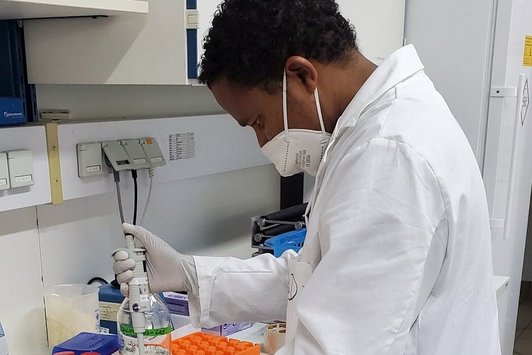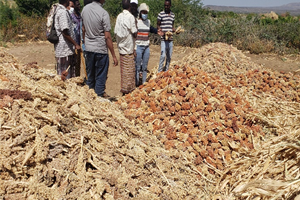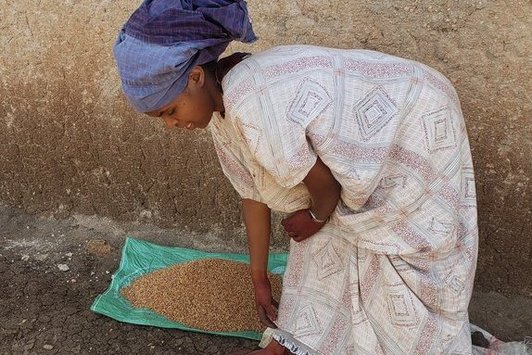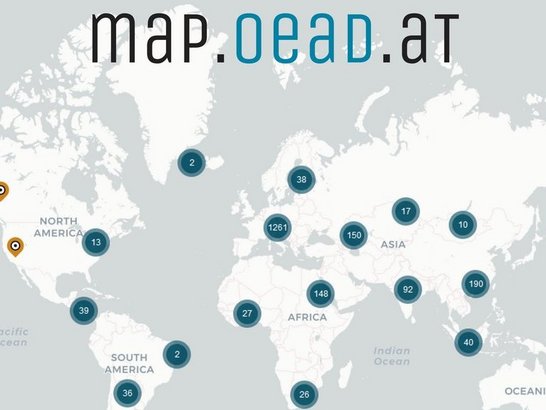Project completed: P004_Ethiopia

Multiple-mycotoxin in Sorghum: Food Safety Prospective and Mitigation Strategies in Eastern Ethiopia
Cooperating countries: Ethiopia and Austria
Coordinating institution: Haramaya University (Ethiopia), Dr. Abdi Mohammed Hassen, abdi.mohammed22@yahoo.com
Partner institution: University of Natural Resources and Life Sciences, Vienna (Austria)
Project duration: 1 March 2021 - 28 February 2023
Budget: EUR 20.000
Abstract:
Sorghum is a tropical cereal crop cultivated in the warmer climatic areas across the world. Ethiopia is the 3rd largest sorghum producer in Africa, next to Nigeria and Sudan. Due to its natural adoptability to drought prone areas with low input applications with higher return, sorghum is considered as a future crop. Climate change is recognized as one of the greatest challenges facing humans with regard to global food security and environmental sustainability. Sorghum is, therefore, a crop well-suited for the future and as a food and feed security crop for an increasing proportion of the global population. Improving sorghum quality for food applications, both traditional and new, is important to ensure broad and sustainable market appeal for the crop. All of the sorghum produced in the country is used for domestic consumption and its contribution to food security is significant. In Ethiopia, about 4.5 million smallholders located in the eastern and northwest parts of the country cultivate sorghum. Sorghum grain is traditionally used as the main ingredient in different food products and consumed by all age classes, as well as used for traditional homemade beverages in the country. Despite its importance, production and productivity of sorghum is constrained by mold fungi and subsequent mycotoxin contamination along the value chains, and triggering food safety concern, and human and animal health problems. Therefore, it’s paramount importance to come up with multiple-mycotoxin in sorghum grain across the major sorghum producing districts of eastern Ethiopia and health risk analysis, and intervention strategies.
Publications
Mohammed, A.; Bekeko, Z.; Yusufe, M.; Sulyok, M.; Krska, R. Fungal Species and Multi-Mycotoxin Associated with Post-Harvest Sorghum (Sorghum bicolor (L.) Moench) Grain in Eastern Ethiopia. Toxins 2022, 14, 473. https://doi.org/10.3390/toxins14070473



